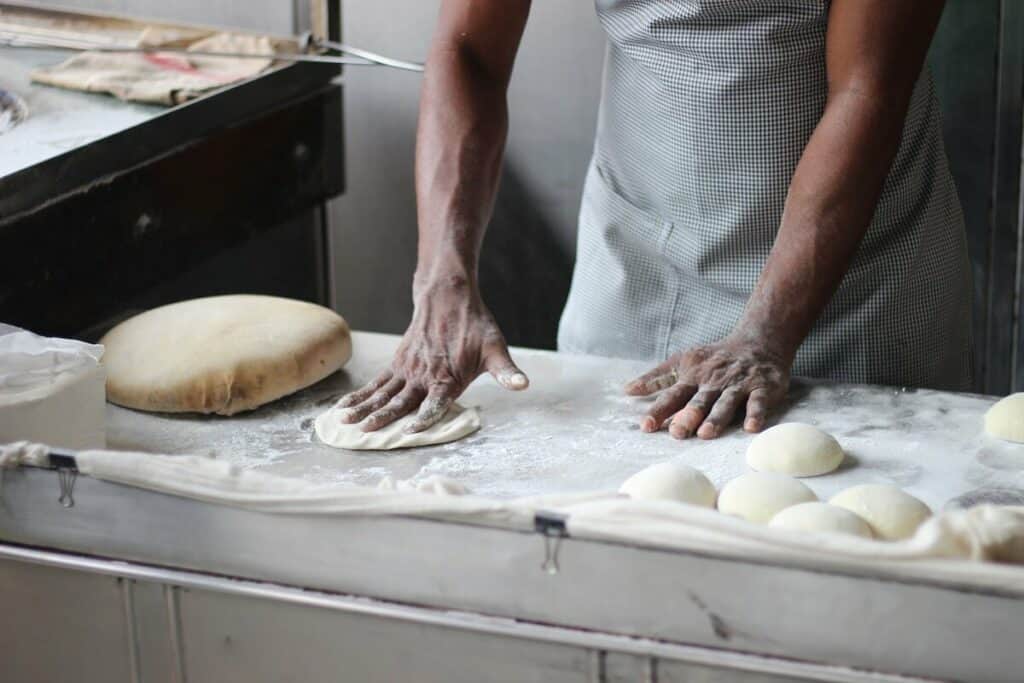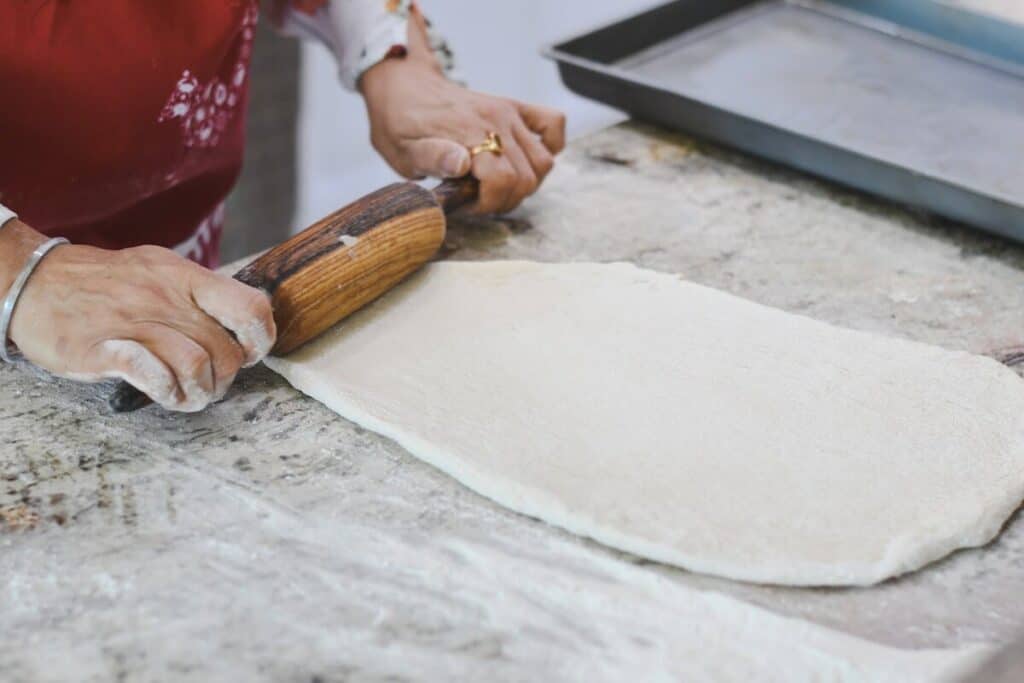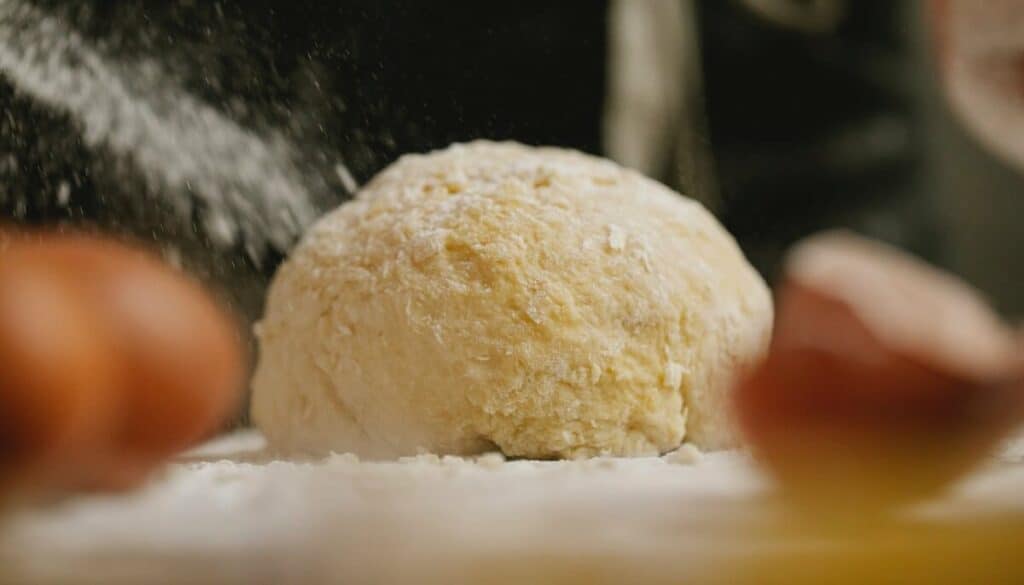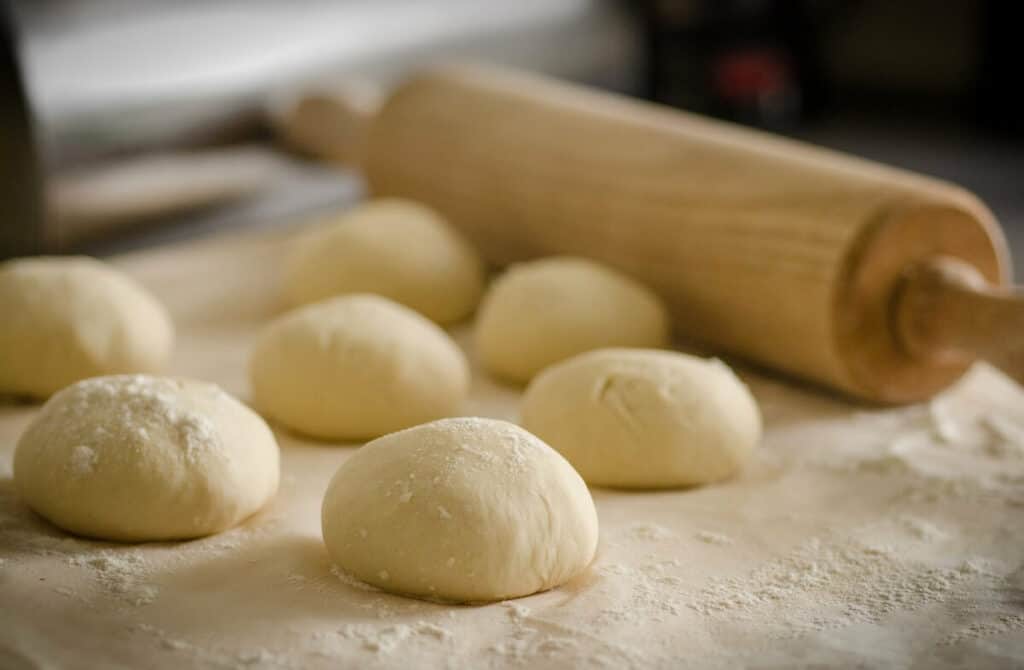You may have heard that the best way to make pizza from scratch is to get the perfect ingredients. You should remember that the best flour to get for this is type 00 flour. Learn an easy but highly effective 00 flour pizza recipe right here.
The ideal pizza recipe includes precise instructions on making the dough since this is the crucial part of the dish. With some active dry yeast, water, salt, sugar, and most importantly, 00 type flour, you can get a great and delicious dough that’s fit for any toppings you prefer.

Learn a recipe for pizza with 00 type flour here, and you’ll see what it takes to make a delicious, nutritious meal from scratch.
What Is 00 Flour and Do I Need It for Pizza?
Before learning a recipe for the ultimate pizza, it’s good to know more about type 00 flour. The double zeros indicate the refinement, and these numbers are typically used in Italy.
Flour labeled as ’00’ is the most refined. It’s milled and sifted to be powdery and silky. There aren’t grains or nutritional wheat values, but it possesses a high protein content, which is crucial for pizza dough.
You can get this type from many manufacturers, like Antimo Caputo, Cento Anna Napoletana, and Molino Grassi, to name a few. However, if you want the best pizza, invest in the Caputo Pizzeria 00 Pizza flour.
What Kinds of Flour Can I Use, Other than 00?
While the Caputo type 00 flour may be a bit pricier than all-purpose, regular flour, it’s still more affordable than other kinds, such as whole wheat, almond, or gluten-free options.
You can always use type 1 flours, the most common kind. If you are gluten-intolerant, go for rice and soy flour or check out Caputo’s Gluten Free 00 flour.

To Make Pizza From Scratch, You Need High-Quality Dough
While gluten production is essential for pizza dough, it’s possible to make it with gluten-free flour, too. The biggest difference is the amount of yeast.
With 00 flour, you’d use a small amount of active dry yeast because it already has a concentration of 12% gluten. It creates stringy, stretchy dough the longer it’s left to rest. On the other hand, gluten-free options don’t have the necessary protein, so the crucial part of making pizza dough is the amount of yeast.
Instead of 1/4 teaspoon of yeast with 00 flours, you’d have to use a full tablespoon with gluten-free flours. An hour will suffice for proofing, but you can refrigerate it for up to 72 hours if you like. The ideal proofing time would be about 24 hours.
You Don’t Need to Have Special Skills to Make Excellent Pizza Dough
While making pizza from scratch seems complicated, and like an otherworldly skill, you don’t need much to make it right. The most important thing is patience. Checking the dough constantly, removing the plastic wrap, or simply taking it out of the bowl too soon will be the easiest way to ruin a pizza.

The Step by Step 00 Flour Pizza Recipe for Amateur Chefs
Alright, get your apron on and read carefully – your crust depends on you. For two 12-inch pizza doughs, you’ll need the following ingredients:
- 2 cups 00 type flour,
- 1/4 cup warm water,
- 1/2 cup cold water,
- 1/4 teaspoon active dry yeast,
- 1 teaspoon sea salt,
- 1/2 teaspoon sugar,
- Olive oil for coating.
For toppings, get whatever you like. Indeed, even if it’s pineapples. The best cheese for this is mozzarella, but you can also use Monterey Jack or parmesan. For vegan options, you’ll find vegan cheese in most shops.
If you’re using mozzarella, I recommend Galbani’s Mozzarella.
To make the dough, first, pour the active dry yeast and sugar into the warm water and mix until it dissolves. Let it rest for a few minutes to bubble up; this is how you’ll know the yeast is active, as advertised. Pour the cold water into a bowl of a standalone mixer or separately, and add the yeast mixture.
Add just 1/3 of the flour into the water and mix until it becomes a smooth mass. Keep adding the flour until it’s all in, pour in the salt, and continue mixing until, again, it’s all smooth. There shouldn’t be any air pockets or dry spots of flour. The mixing shouldn’t take longer than 10 minutes since you’ll risk overworking the dough, and it’ll rise less and become chewier.
Form the dough into a ball and coat it with olive oil. Let it rest for an hour. After it’s done resting and recovering from the mixing, divide it into two smaller balls, place them on a floured pan, and coat them with olive oil again. Cover them with plastic wrap tightly, and let them rest for 24 hours. If you want the dough sooner, wait at least 5 hours before unwrapping it.
After the 24 Hour Proofing Period
When the 24 hours pass, take out the dough balls from the fridge. Pour some flour on a counter surface to prevent sticking, place one dough ball, and stretch it out with a rolling pin. Try to make a perfect circle, if possible.
Place the toppings you’ve prepared once you’ve rolled out the dough to the desired size. Make sure to preheat the oven to 400 degrees Fahrenheit. Place the pizza on a baking sheet and pan and bake for 15 minutes, or until the crust looks golden brown.
Congratulations! You’ve made a pizza all by yourself – I hope it tastes good. I’m sure it does, though, so pat yourself on the back for being patient and trying new things.

Once You Make Pizza at Home, You Won’t Look Back
If you’re just planning to try this recipe, please let me know how it went. If I could give you any more advice, it’d be the following – don’t worry if the dough doesn’t rise too much, as it’s not meant to. Following the instructions will be enough.
The other would be to watch your pizza the entire time it bakes. I made the error of leaving the kitchen while my pie was in the oven, and I burned the crust. It was still delicious but tasted burnt, so it wasn’t the best experience.
You’ll do well – no pressure, have fun, and there’s always another attempt if the first one fails.